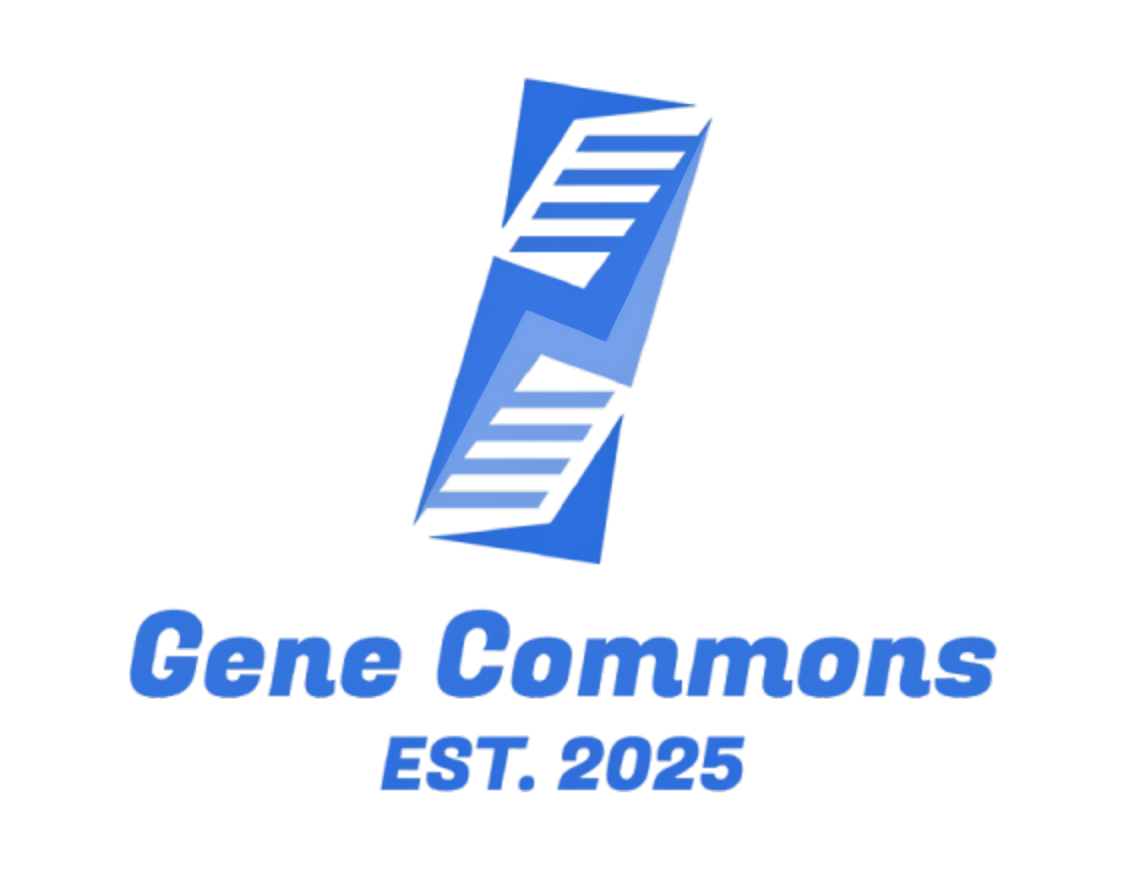Successful PCR and Sanger sequencing rely heavily on good primer design. Even if your template is perfect and the reagents are fresh, poor primer selection can cause failed reactions, weak bands, or poor-quality sequencing data. Whether you are a student, clinician, or research scientist, mastering primer design is essential for producing consistent, high-quality results.
This article provides a detailed overview of best practices and considerations when designing primers, tailored especially for PCR amplification and automated sequencing workflows. It combines standard textbook principles with real-world troubleshooting insights from the lab.
Why Primer Design Is So Important
Primers are short, synthetic oligonucleotides that define the start and end points of your amplified product. They must be specific to the DNA region you intend to amplify, bind efficiently under the given PCR conditions, and avoid interactions with themselves or with each other.
Poor primer design can lead to:
- No or weak amplification
- Multiple non-specific bands
- Primer-dimer formation
- Incomplete or noisy sequencing reads
- Waste of time, reagents, and sample material
Carefully designed primers can help you avoid these pitfalls and give you clean, reliable results.
Key Parameters and Considerations in Primer Design
1. Primer Length
Primers are typically designed to be 18 to 30 nucleotides in length, with 20 to 25 nucleotides being ideal in most scenarios.
- Primers shorter than 18 bases may lack specificity and bind to multiple unintended regions in the genome.
- Primers longer than 30 bases are more likely to form secondary structures such as hairpins or self-dimers and can reduce overall PCR efficiency.
Choosing an appropriate length ensures both specificity and good thermodynamic behavior during annealing.
2. Melting Temperature (Tm)
The melting temperature (Tm) is the temperature at which half of the primer-template duplex dissociates into single strands. It is a critical parameter that influences primer binding and annealing.
Why Tm matters:
- If the Tm is too low (e.g., below 50°C):
- Primers may not bind stably to the template.
- There is an increased risk of non-specific binding, leading to unwanted amplification.
- If the Tm is too high (e.g., above 70°C):
- You will require a very high annealing temperature, which can be close to the denaturation temperature.
- This reduces the efficiency of primer binding and can interfere with the activity of the DNA polymerase.
- Primers may also fail to denature from secondary structures properly.
Practical guidelines:
- Aim for a Tm between 55°C and 65°C.
- The two primers (forward and reverse) in a pair should have Tms within 2°C of each other for balanced and efficient annealing.
- A simple formula to estimate Tm for short primers is:
- Tm (°C) = 2 × (A + T) + 4 × (G + C)
This formula gives an approximate value and should be supplemented by a software-based calculation for the best accuracy.
3. GC Content
The GC content of a primer refers to the proportion of guanine (G) and cytosine (C) bases in its sequence. Ideally, primers should have a GC content of less than or equal to 50%.
- GC pairs form three hydrogen bonds, compared to two in AT pairs, making them more stable.
- Low GC content (<40%) results in weak primer-template binding.
- High GC content (>60%) can cause strong, non-specific interactions or the formation of secondary structures that interfere with binding.
A balanced GC content ensures reliable binding under standard PCR conditions.
4. GC Clamp at the 3′ and 5′ Ends
A GC clamp refers to the presence of at least one G or C base at the end of the primer, especially at the 3′ end.
- The 3′ end is where DNA polymerase begins extension. A G or C at this position enhances binding stability and reduces the likelihood of premature dissociation.
- Similarly, a G or C at the 5′ end can contribute to overall duplex stability, although the 3′ clamp is more critical for amplification.
Avoid adding long GC stretches; a single G or C at the ends is sufficient.
5. Avoid Long Runs of the Same Base
Primers should not contain stretches of more than 3 to 4 identical nucleotides in a row (e.g., AAAAA or TTTTT).
- These homopolymer runs can cause slippage during annealing or polymerization.
- They may also lead to sequencing errors and poor chromatogram quality.
- Poly-G and poly-C tracts are particularly prone to forming stable secondary structures, such as G-quadruplexes.
To minimize these risks, avoid long mononucleotide repeats in any part of the primer, especially near the 3′ end.
6. Avoid Secondary Structures
Primers must remain linear and available to bind to the target template. Secondary structures like hairpins and dimers reduce primer availability and PCR efficiency.
Types of secondary structures:
- Hairpins: A primer folds back on itself due to internal complementarity. This blocks the 3′ end and prevents extension.
- Self-dimers: A primer pairs with another copy of itself, reducing effective concentration.
- Cross-dimers: The forward and reverse primers hybridize to each other, forming non-functional duplexes.
These can be assessed using online tools such as Primer3 or OligoAnalyzer. A free energy (ΔG) value lower than –5 kcal/mol for these structures usually indicates a potential problem.
7. Avoid Self-Complementarity and 3′ Complementarity (overlaps with 6th point)
Self-complementarity refers to regions within a single primer that can bind to itself. 3′ complementarity is a specific subtype where the 3′ end of a primer is complementary to another part of the same or another primer.
- Why this is important: The 3′ end is the active site for DNA polymerase. If two primers (or one primer with itself) pair at their 3′ ends, they can be extended, forming primer-dimers.
- Primer-dimers compete with template binding and lead to non-specific products visible as faint or strong bands in a gel, or non-template peaks in a sequencing chromatogram.
To prevent this:
- Avoid designing primers that contain sequences that can base-pair with their own 3′ ends or the 3′ ends of their partner primers.
- Use oligo analysis or primer3 software to check for 3′ complementarity and minimize any complementary regions longer than three bases.
8. Confirm Primer Specificity Using BLAST
Always validate your primers for specificity by aligning them against the relevant genome using NCBI BLAST or Primer-BLAST.
- This ensures that your primers bind uniquely to the intended region and do not amplify unintended sequences, including pseudogenes or repetitive elements.
- This step is particularly crucial when working with large, complex genomes like human, mouse, or plant genomes.
When using Primer-BLAST:
- Select the correct organism.
- Paste your primer sequences.
- Check that each primer binds to only one location and that the predicted product size matches your expectations.
9. Position of Primer Relative to Sequencing Target
For Sanger sequencing, primers should be designed at least 30–40 bases upstream of the region of interest.
- The initial ~20–30 bases in a Sanger sequencing read often show background noise due to dye artifacts and incomplete separation.
- By placing your primer further upstream, you ensure that the important region appears in the clean, high-quality part of the read.
This is especially critical when sequencing to detect point mutations or small insertions/deletions.
10. Use of Primer Design Tools
Several software tools are available to aid in designing primers that meet all the above criteria:
| Tool | Features |
|---|---|
| Primer3 | Open-source primer design; calculates Tm, GC content, checks for dimers and hairpins |
| NCBI Primer-BLAST | Designs primers and checks them against a genome for specificity |
| IDT OligoAnalyzer | Analyzes thermodynamics, secondary structure, and dimer formation |
| Ensembl or NCBI Gene | Useful for downloading gene sequences |
Primer Design Checklist
| Parameter | Recommended |
|---|---|
| Length | 18–30 bases (ideal: 20–25) |
| Melting Temperature (Tm) | 55–65°C; both primers within 2°C |
| GC Content | 50–55% |
| GC Clamp | 1–2 G/C bases at 3′ end |
| Homopolymer Runs | Avoid >3 identical bases |
| Secondary Structures | Avoid hairpins and dimers (ΔG > –5 kcal/mol) |
| Self/3′ Complementarity | Minimize to avoid primer-dimers |
| Specificity | Confirm using Primer-BLAST |
| Sequencing Primer Position | ≥30–40 bp upstream of target |
| Design Tools | Primer3, Primer-BLAST, OligoAnalyzer |
Primer design is both a technical and strategic process. A well-designed primer ensures specific, efficient amplification and clean sequencing results, while a poorly designed one can lead to hours of troubleshooting and wasted resources.
Disclaimer:
Genecommons uses AI tools to assist content preparation. Genecommons does not own the copyright for any images used on this website unless explicitly stated. All images are used for educational and informational purposes under fair use. If you are a copyright holder and want material removed, contact doctorsarath@outlook.com.
Join Our Google Group
Join our google group and never miss an update from Gene Commons.



One response
[…] Primer Selection Guidelines: A Comprehensive Guide to Designing High-Performance Primers for PCR and… […]